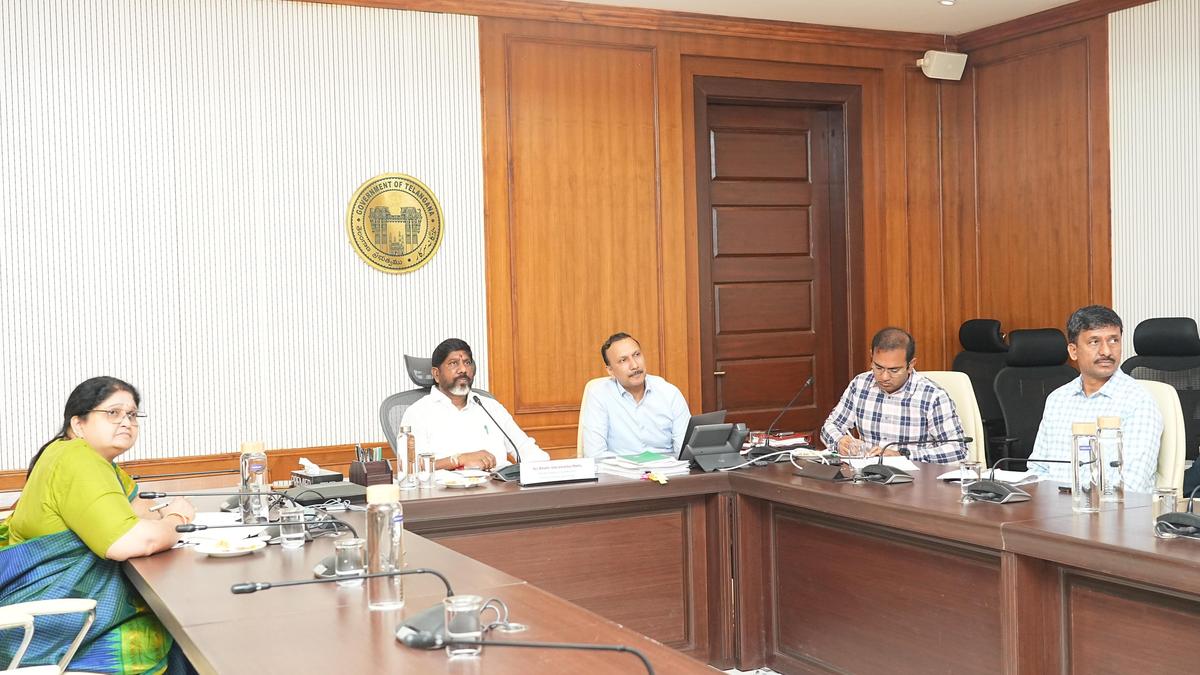ARTICLE AD BOX
Last Updated:August 09, 2025, 17:55 IST
DRDO chairman Samir Kamat emphasised BrahMos missiles and Akashteer defence systems in Operation Sindoor, India's response to the Pahalgam terror attack.

India has reportedly offered Nicosia the BrahMos supersonic cruise missile. (PTI)
Defence Research and Development Organisation (DRDO) chairman Samir Kamat on Saturday emphasised that BrahMos missiles and the Akashteer defence systems were instrumental technologies that played a key role in Operation Sindoor– India’s military strikes against Pakistan in response to Pahalgam terror attack.
While addressing the 14th convocation ceremony of Defence Institute of Advanced Technology (DIAT) in Pune, Kamat said that the operation was a declaration of its ability to stand tall through self-reliance, strategic foresight, and indigenous technological strength.
“Operation Sindoor was more than a mission. It was a declaration of India’s ability to stand tall through self-reliance, strategic foresight, and indigenous technological strength. It was a statement to the world that India has the capability to protect its borders through homegrown technology," he asserted as reported by news agency PTI.
He said the systems deployed for the operation included Akash surface-to-air missiles, medium-range surface-to-air missiles, the BrahMos supersonic cruise missile, the D4 anti-drone system, the AWNC airborne early warning and control system, and the Akashteer system — all developed by India’s defence R&D ecosystem.
The DRDO chairman said that the BrahMos missile, primarily launched from Sukhoi Mk 1, was used during the offensive phase. Meanwhile, the anti-drone Akashteer was the mainstay for defensive weapon systems.
“When it comes to offensive weapons, BrahMos was the primary weapon used, which was launched from our Sukhoi Mark 1 platform. When it comes to defensive weapon systems, the Akashteer system, the anti-drone system and the MRSAM were used," he said as quoted by news agency ANI.
He also explained how the Akashteer system helped in identifying threats coming towards the country, and in deciding what kind of weapon could be used to neutralise such threats.
“All the sensors were networked using the Akashteer, which helped in identifying the threats coming towards us and then deploying the right kind of weapon to neutralise those threats. Advanced early warning and control aircraft were also used for advanced surveillance. This is broadly what I can say without getting into too much," the DRDO Chairman said.
All About BrahMos, Akashteer System
The BrahMos missile is a versatile and formidable weapon, capable of being launched from land, air and sea, enabling strikes from multiple fronts. Jointly developed by India and Russia, it is renowned for its supersonic speed, pinpoint accuracy, and adaptability across a range of military operations.
During Operation Sindoor, the IAF relied on BrahMos missiles to launch a precision strike campaign targeting key Pakistani military installations, including airbases and cantonments. The operation, which was executed with high accuracy and minimal collateral damage, has been hailed within defence circles as a major demonstration of India’s growing long-range strike capability.
The Indian armed forces activated the Akashteer system — an indigenous command-and-control air defence platform dubbed India’s ‘Make in India’ Iron Dome — to intercept and neutralise a wave of incoming Pakistani projectiles.
The system integrated inputs from all radar sources — including ground-based radars and airborne early warning systems — and generated a live web of real-time data to precisely track aerial threats. This network enabled Indian forces to intercept and neutralise every missile launched from across the border that night, preventing damage to any intended targets.
Operation Sindoor
In one of the biggest attacks in Jammu and Kashmir, Lashkar-linked terrorists opened fire on a group of tourists in Pahalgam on Tuesday, April 22, killing at least 26 people, including foreign tourists, and injuring many others. The Resistance Front (TRF), a Lashkar offshoot, claimed responsibility for the attack.
India responded with Operation Sindoor on May 7, bombing nine terrorist camps across Pakistan and Pakistan-occupied Kashmir in pre-dawn strikes that killed at least 100 militants. The operation sparked four days of cross-border fighting involving fighter jets, missiles and artillery.
(With inputs from agencies)

Shobhit Gupta is a sub-editor at News18.com and covers India and International news. He is interested in day to day political affairs in India and geopolitics. He earned his BA Journalism (Hons) degree from Ben...Read More
Shobhit Gupta is a sub-editor at News18.com and covers India and International news. He is interested in day to day political affairs in India and geopolitics. He earned his BA Journalism (Hons) degree from Ben...
Read More
- Location :
- First Published:
August 09, 2025, 17:55 IST
News india BrahMos Primary Offensive Weapon, Akashteer Used For Defence: DRDO Chief On Operation Sindoor
Disclaimer: Comments reflect users’ views, not News18’s. Please keep discussions respectful and constructive. Abusive, defamatory, or illegal comments will be removed. News18 may disable any comment at its discretion. By posting, you agree to our Terms of Use and Privacy Policy.
Read More



.png)
.png)
.png)
















 2 hours ago
5
2 hours ago
5









 English (US) ·
English (US) ·